There was a time in our industry when traditional platforms like TV and print were our only focus. Advertisers loved this model. It was simple; find a show with a good Nielsen rating, the right audience, and a reasonable price tag, and boom—a guaranteed viewership. No bots, no fraud, no unknowns. But now we live in a world where we’re virtually glued to our mobile devices. Our smartphones are these highly personalized, task oriented devices that are extensions of ourselves. And nearly any traditional media content that’s out there—in TV, print or radio—is available on our phones.
eMarketer reports that there are are 220mm smartphone users in the U.S. right now. And while it’s not as much as TV’s 233mm, eMarketer forecasts that smartphone users will surpass TV viewers as early as next year.1The amount of time spent on the smaller screen is also estimated to jump dramatically, while TV screens will continue to slump.2

It’s no surprise that when we look at different age segments, there’s already a difference. Among the younger audience, there’s already more time being spent on mobile than watching TV. Meanwhile the older segment shows the opposite.3
THE POINT OF DIMINISHING RETURNS
We see the growth in audiences and change in usage, but what about efficiencies? Does adding mobile do anything to enhance reach or budgets?
When we think about TV audiences, there are only so many people you can reach within a given target, so there’s a point of diminishing returns. In other words, once you reach that last person, you’ll be reaching the same people over and over again. Nielsen and Brightroll found that incremental efficiencies were generated by adding mobile video to TV campaigns, including increases in audience reach by up to 13%, and decreases in cost per TRP (target rating point) by up to 14% (when shifting 15% of TV budget to mobile video).4
THE RIGHT MIX
Kargo’s 2017 neuroscience study with MediaScience tested TV commercials, mobile pre-roll and outstream videos to examine visual and cognitive attention to the ads, as well as memory of the brands.5
MOBILE PRE-ROLL VIDEOS
Pre-roll videos on mobile receive a lot of visual attention, mainly due to the “forced exposure” nature of delivery. However, there appears to be a lack of interest, as nearly half of the forced ad content is not viewed, and there is no indication of increases in cognitive attention. Nevertheless, analysis of the memory process shows that pre-roll can be just as impactful as TV. In all stages of memory, two pre-roll exposures yield the same effect as one TV exposure.
MOBILE OUTSTREAM VIDEOS
Outstream video ads receive visual attention, with nearly three-quarters of users seeing them, however that attention is short. Users consuming content in the surrounding environment appear to have a higher level of cognitive attention. The combination of short visual attention and high cognitive attention provides opportunities for creatives with prominent branding and concise messaging to be used as reminders of their full-narrative counterparts in TV and pre-roll videos.
EFFECTIVENESS OF MOBILE + TV
Cognitive retrieval, or unaided recall, is the strongest measure of memory since it encompasses the measurement of all three of its stages. Here, we see how outstream videos complement each unit type. When all three unit types are combined, cognitive retrieval memory surpasses TV by 16 percentage points, suggesting that outstream helps provide additional branding reminders to the original primer.
CONCLUSION
TV is still the most impactful advertising on its own, but the big screen has reached its peak in terms of audience and growth. It’s time to pay more attention to mobile.
- Video units on mobile are effective, with pre-roll ads equaling the efficacy of TV with just two exposures
- Outstream videos complete media plans with additional cost-effective video units that help remind consumers of the initial video exposures

